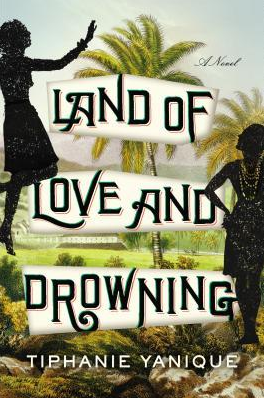Book by JOHN DARNIELLE
Reviewed by

In the early 1990s, John Darnielle set “some of his poetry to music, using a guitar he’d gotten for a few bucks at a nearby strip mall music store. His idea at the time was that eventually his day job would be ‘poet.’ …Young men have all kinds of crazy ideas about what they’re going to end up doing for a living,” says his website bio. He went on to found the popular folk-rock band, The Mountain Goats. Its fans are drawn to Darnielle’s simple instrumentals and powerful lyrics.His song “You Were Cool” sums up his approach and the band’s appeal: “This is a song with the same four chords / I use most of the time / when I’ve got something on my mind / And I don’t want to squander the moment / Trying to come up with a better way / To say what I want to say.”
Now, Darnielle has fulfilled his day-job fantasy in another way—he has written a National Book Award-nominated debut novel, Wolf in White Van. Fans of Darnielle’s music will not be disappointed. Darnielle writes in the poetic, playful tangents characteristic of his lyrics, often grasping at a passing image or emotion and describing it from every angle before rejoining the unfolding story.








